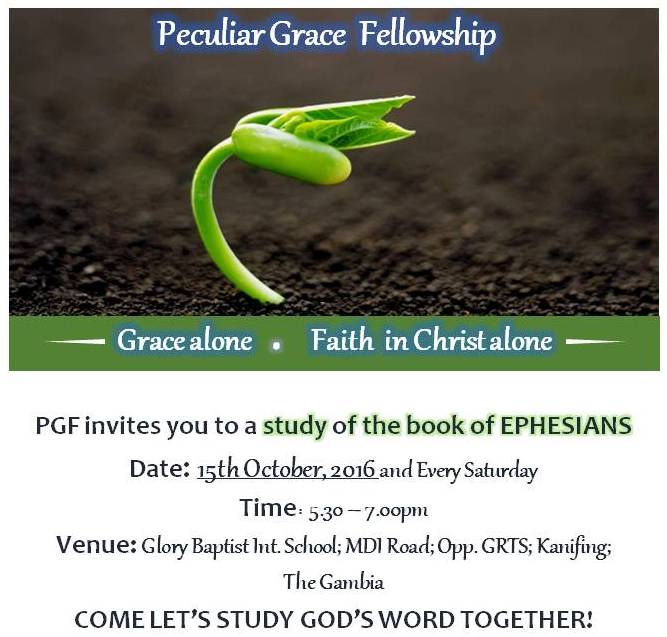
The word canon means a standard or measure. Theologically, canon as Saucy puts it “is the ultimate rule of faith or the final authority by which Christian doctrine and practice are to be assessed”. In layman terms, the canon refers to the collection of books that we have in our Bible. But, many have asked, who determines which book should belong to the Bible?
This article will look at the different views of canonization and the criteria for the canonicity of the Old and New Testament resulting in some books being left out of the canon.
Several views regarding the concept of canonization have sprung up throughout the church age. Those who ardently reject the divine inspiration of the Bible and view the bible as writings of humans argue that much like any decision in the church today, arriving at which books belong in the bible is a merely human endeavor. Roman Catholics regard the Roman Church as a representation of unerring authority of Christ and therefore maintain the right to determine canonicity. Evangelicals argue that the authority of the writings is given by God through the inspiration of the Holy Spirit, and the men of God under the guidance of God recognized these writings as coming from Him. This view retains the bible as already authoritative. This is the position that this article takes.
One of the criteria for canonization in the Old Testament is the prophetic authorship of a book. A book is recognized as authoritative once written by a recognized prophet and then added to the collection. Exodus 25: 16-21 shows canon formation began with the writings of Moses with the preservation of the tablets of the law “beside the ark of the covenant “.
Moses spoke of future prophets who will speak God’s words after him in Deut. 18: 15-22. Chains of prophets were sent to Israel to declare God’s words and much of what they wrote under the inspiration of the Holy Spirit was added to the canon. The words of Joshua were written “in the book of the law of God” according to Josh. 24:26. Daniel recognized the word of Jeremiah as the God’s word found in the books that contained “the prophets” and the” Law of Moses”, alluding to the canon according to Dan. 9:2, 6, 11.
The sacredness of the prophetic writings and its general acceptance as authoritative was also due to the testimony of the Holy Spirit not only through supernatural manifestations but also in the hearts of the people to the acceptance of the truth of his own revelation. In that, the cessation of the prophetic activities in Israel led to the closure of the canon, when divine revelation and human recognition ended in about 400 BC.
The ultimate validation of Old Testament canon is the testimony of Jesus. His unceasing reference to the writings of Old Testament prophets as the testimony of himself proves how authoritative the writings are. In Luke 24: 44, Jesus’ statement about how all things written concerning him in “law of Moses, and the prophets and Psalms” must be fulfilled indicates his recognition of a well-known collection of “sacred writings” which was accepted as canonical by the Jewish community. Christ’s confirmation of the Hebrew canon led to its acceptance by the New Testament church.
The acceptation of the Old Testament canon led to the formation of the New Testament canon. Jesus Christ, the Messiah and the one who fulfills the Old Testament prophecies, of whom the author of Hebrews wrote in chapter 1:1-2 “long ago, at many times and in many ways, God spoke to our fathers by the prophets, but in these last days he has spoken to us by his son whom he has appointed heir of all things”. Therefore, his words and works become the foundation of the New Testament canon.
The development of the canon started with Christ’s authorization of the apostles as his authoritative witnesses, as Acts 10: 39-42 puts it “and we are witnesses of all that he did” making these apostles the pillars and foundation of the church. The authoritative nature of the apostles’ teachings is affirmed by Paul’s letter to the believers in Thessalonica to “hold to the traditions that you were taught by us, either by our spoken word or by our letter.” in 2 Thes. 2:15. However, with the death of the apostles and the spreading of the churches all over the world, the oral tradition lost its significance, necessitating the written fixation of apostolic tradition. These letters from the apostles read in all the church as a rule of faith is at par with the Old Testament prophets as the Holy Spirit commands in 2 Peter 3:16.
In the light of the above, for a book to be included in the New Testament canon, first it must be of apostolic authorship, meaning it must be written by the apostles themselves or an associate who bore witness to what they wrote. Second, the book must be in accordance with the “rule of faith”. That is, it must match the recognized orthodoxy of the apostolic tradition. Third, the widespread and continuous usage of the book by the churches played a significant role in its acceptance into the canon. Books which failed to meet all three criteria, such as the Book of Thomas, were not accepted into the canon.
In conclusion, Jesus in John 14: 26 speaking concerning the role of the Holy Spirit in teaching the disciples “all things “and bringing to their remembrance all that he said to them affirm that the process of canonization did not result in the books being inspired, but rather, it was used to recognize which books were already inspired.
For canonicity is determined by inspiration and men of God under the guidance of the Holy Spirit recognized canonicity. Thus the Bible consisting of twenty-seven and thirty-nine books in the New and Old Testaments respectively is not an authoritative collection of books, but a collection of authoritative books, deemed necessary by the Holy Spirit for man’s salvation through his apostles and prophets who were just mere instruments in his hands for the demonstration of his own name and glory.
BIBLIOGRAPHY OF WORKS CITED
Dunbar, David G. The Biblical Canon in Hermeneutics, Authority and Canon. Edited by D. A. Carson and John D. Woodbridge. Leicester, UK: Inter-Varsity Press, 1986.
Geisler, Norman L, and Nix, William E. A General Introduction to the Bible. Chicago, IL: Moody Publishers, 1986.
Ringer, Wesley. ”History of the Bible: How the Bible came to Us”. Accessed November 8, 2018, http://www.godandscience.org/apologetics/bibleorigin.html.
Saucy, Robert. Scripture: Its Power, Authority and Reverence. Nashville, TN: Thomas Nelson Publishers, 2001.


